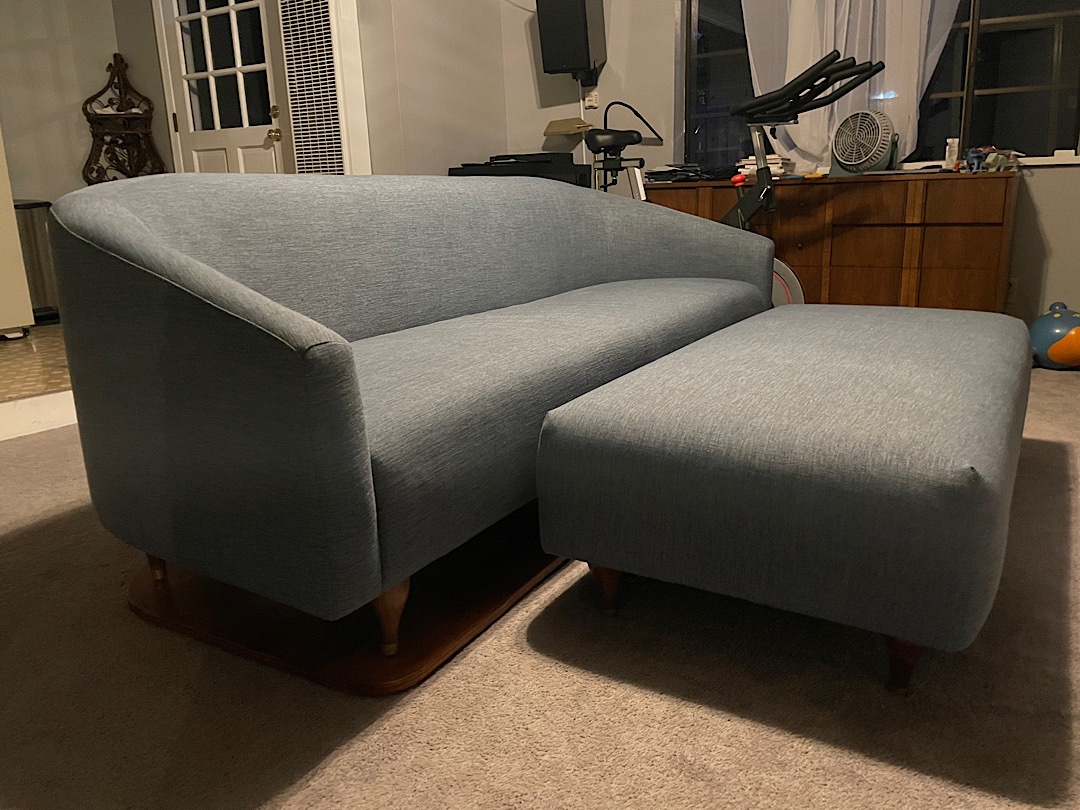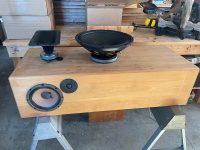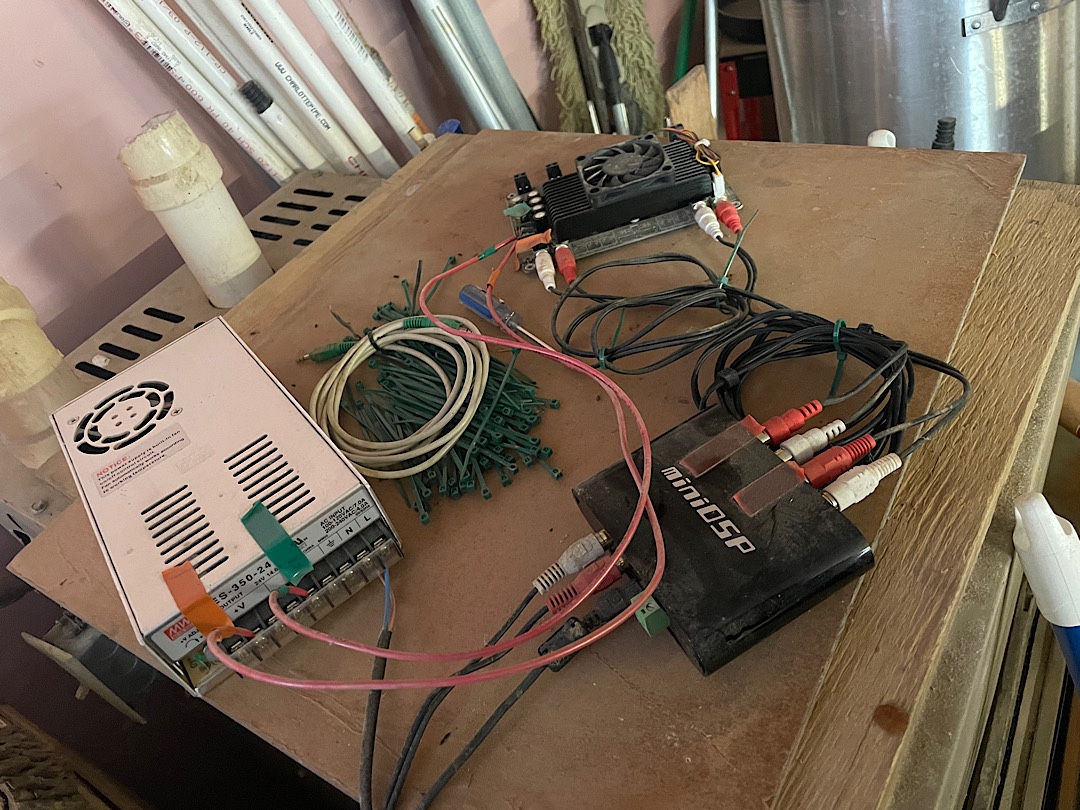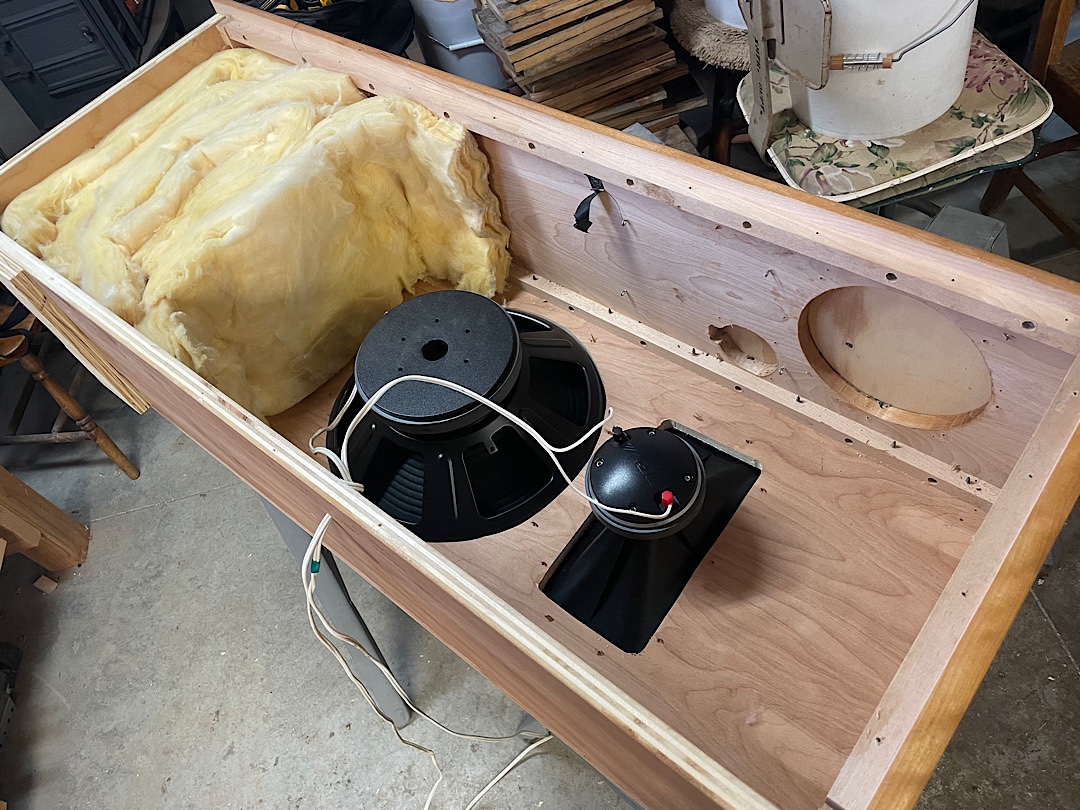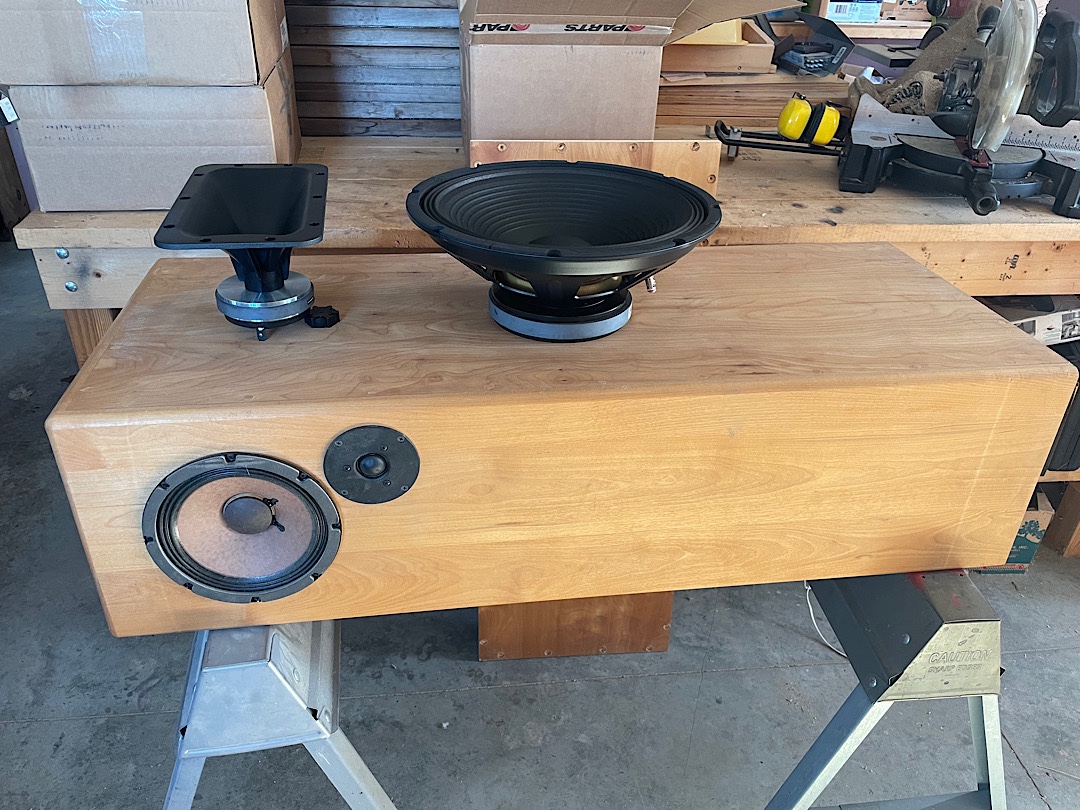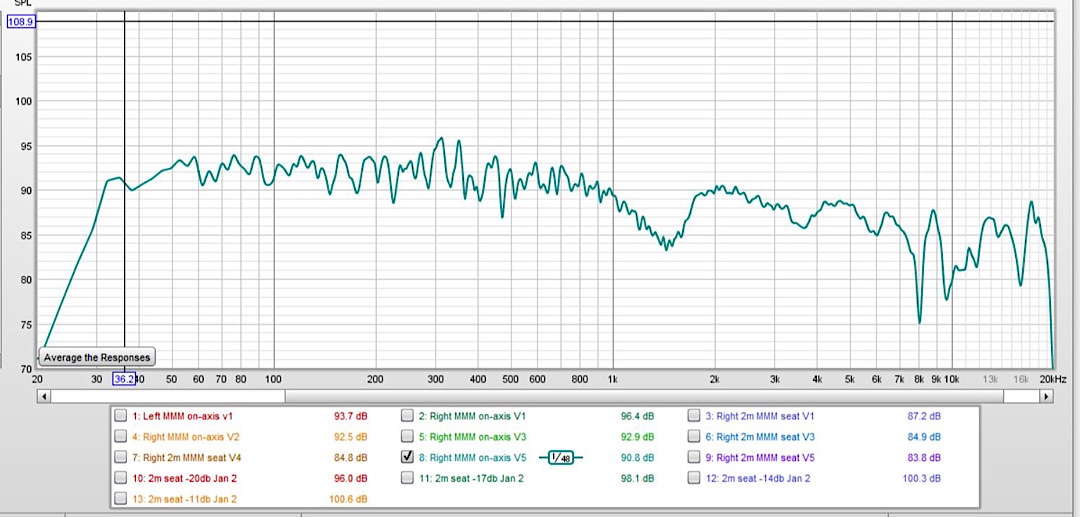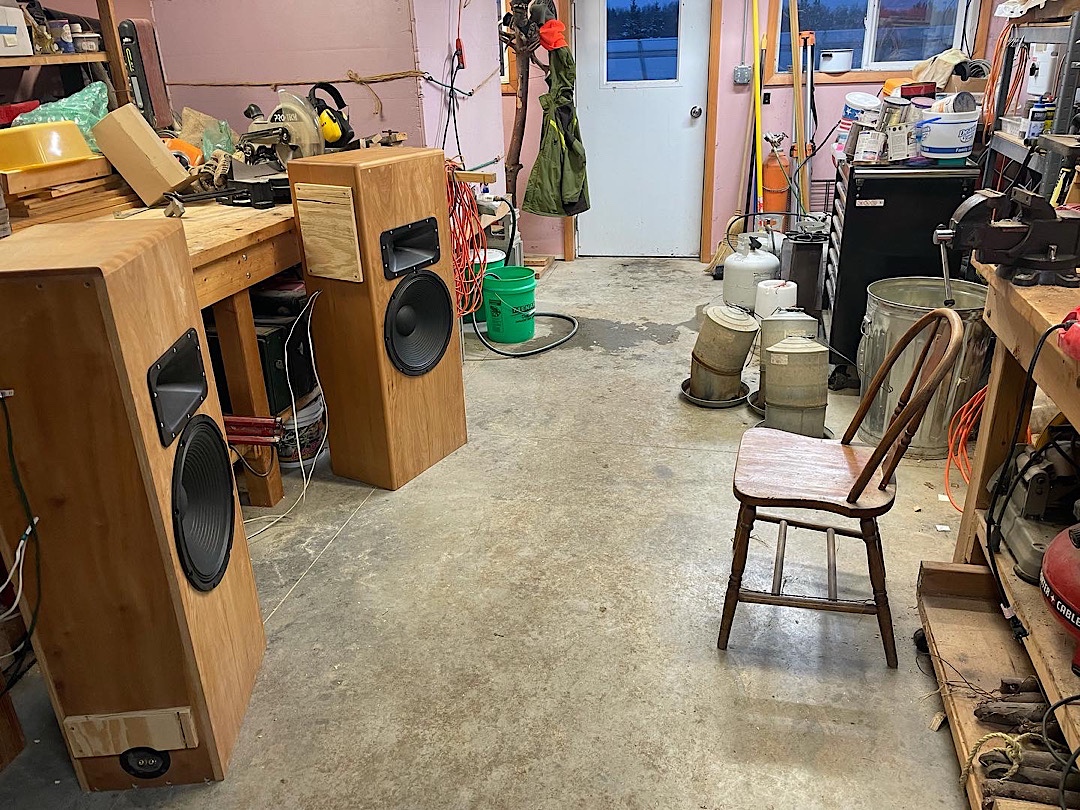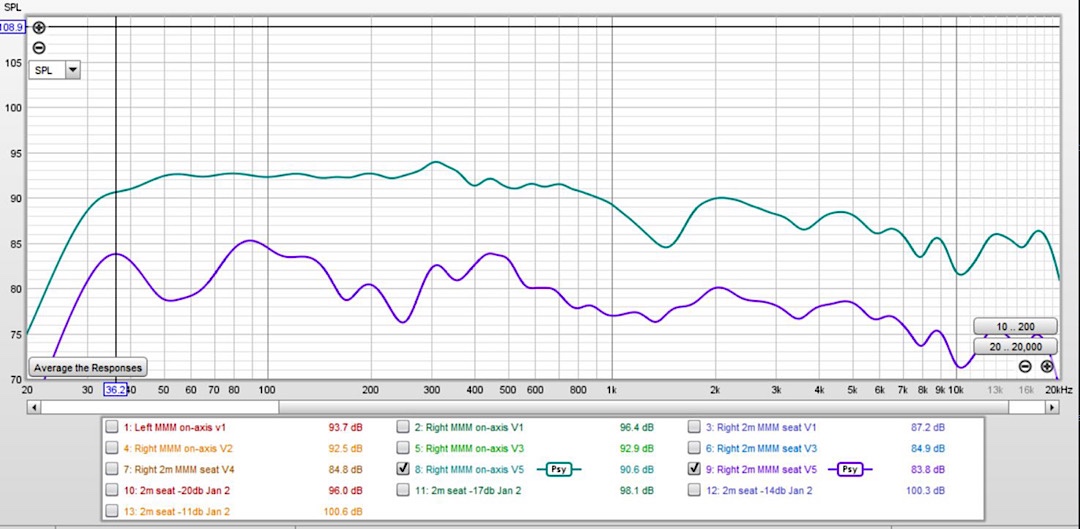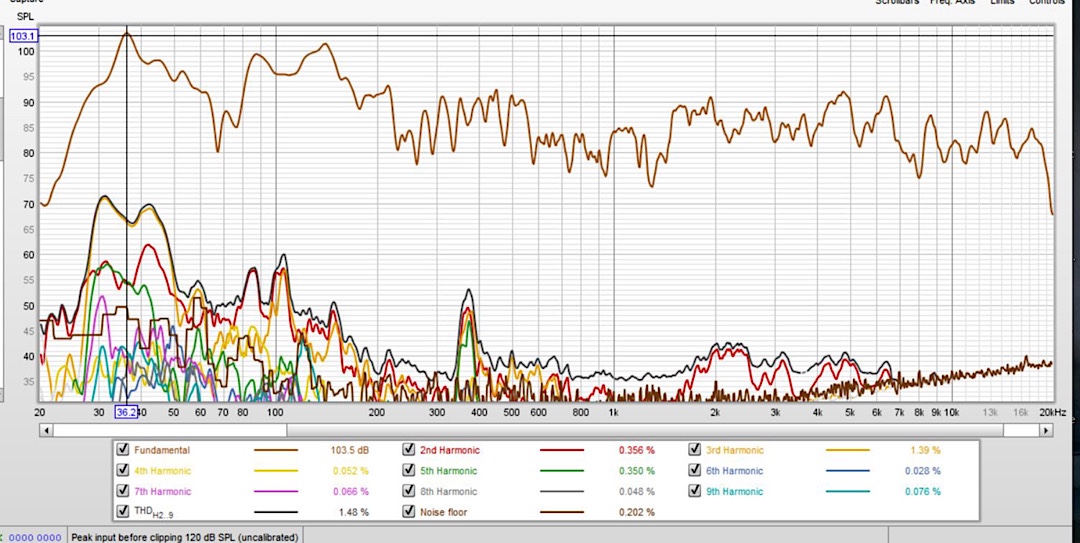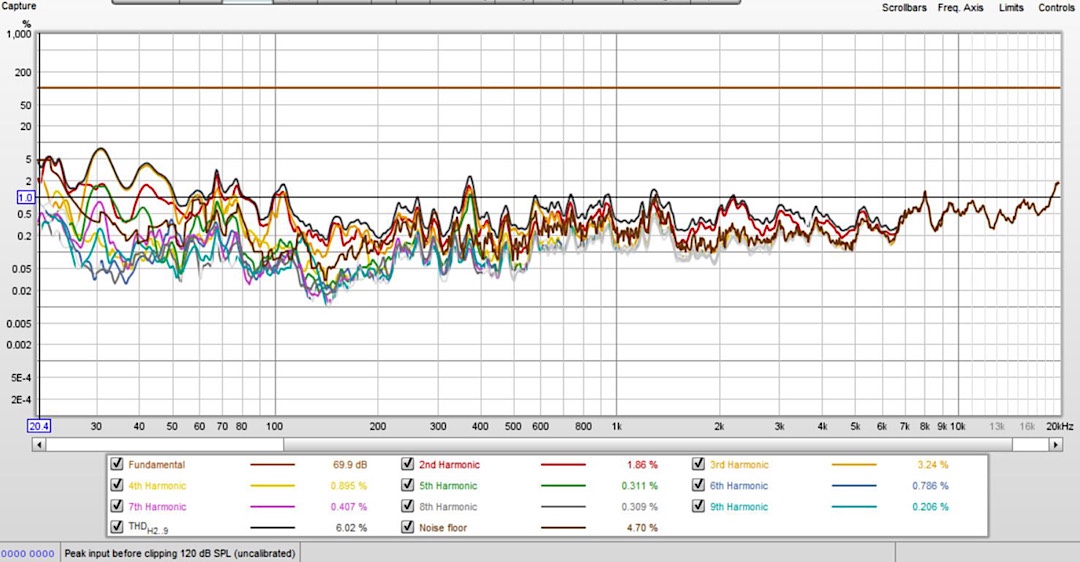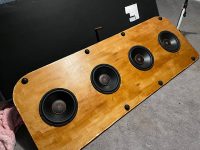
Like many people in the last couple of years I have been expanding my home theater. Back in 2009 or so I experimented with some Aura bass shakers on my couch and I didn’t like them very much. I never figured out how to get them to integrate smoothly and I forgot about them, but as I started to dig more deeply into subwoofers I saw that a lot of people were supplementing their lowest octaves with more involved methods.
The first thing I tried was a Clark Synthesis T239. Since I already had a Minidsp 2x4HD for the pipe subwoofer project it was simple to control the level and lowpass with some precision and this let me achieve much better integration. When it was turned on it was a subtle effect that I almost couldn’t feel but gave bass the impression of being deeper, louder, bigger- it was exciting!
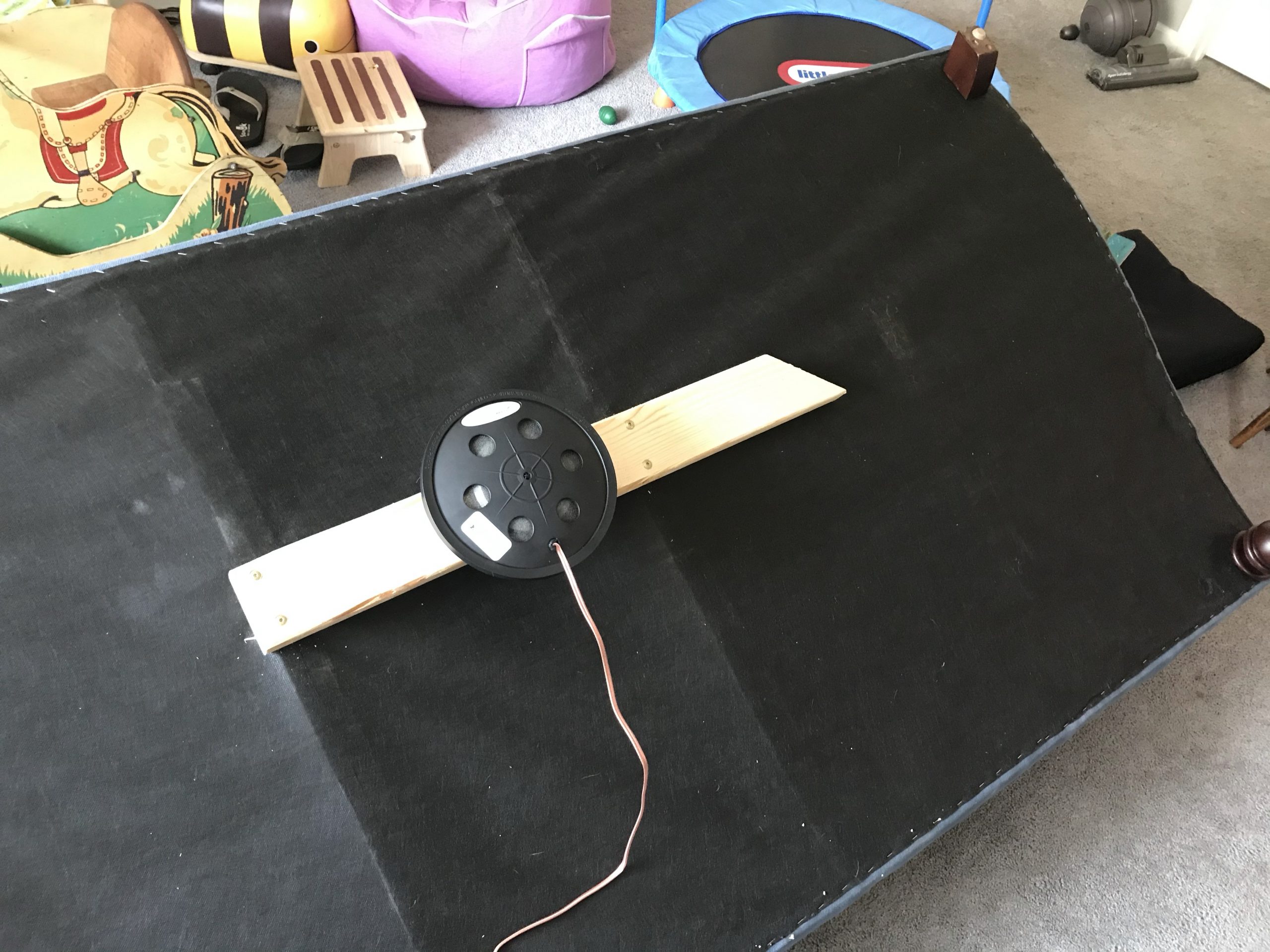
I’m not sure why the Clark was so much better than my first trial with the Aura. It could be that the quality of the transducer, or it could be the processing. Someone out there has done an extensive comparison:
http://www.baudline.com/erik/bass/tactile_report.html
One thing that I noticed was that as the frequency dropped lower and lower I felt less and less shaking. Although the overall effect was fun and exciting, I could tell that with things like dinosaur stomps and spaceships crashing it could be better. That’s where the hoverboss comes in.
“BOSS” stands for “baffle open subwoofer shaker”. The way a subwoofer normally works is a large cone pushes and pulls on the air and creates sound waves within the room. As a side effect the acceleration of the cone generates a Newtonian reaction force on the box. Somebody figured out that you could build a platform for your couch, support it on basically some tennis balls, and then use cheap subwoofer drivers as a mass that would get accelerated by the bass signal . Here’s one build thread: https://www.avforums.com/threads/boss-baffle-open-sub-shaker-mini-riser-build.2269113/
So what’s the hoverboss? Someone else figured out that if you could trap the air being displaced by the woofer it could actually push directly on the ground to give more low end shake. This is really useful because as the frequency goes down so does the available Newtonian reaction force. This lets your couch shake down to 5hz, or even lower, without bottoming out the woofers. Here’s somebody else’s build thread: https://www.avsforum.com/threads/hoverboss-riser.3174695/
I built mine to match the size and shape of the couch, and I was able to pick up the woofers for $30 each on a Black Friday sale. Here’s what the mostly complete platform looks like:
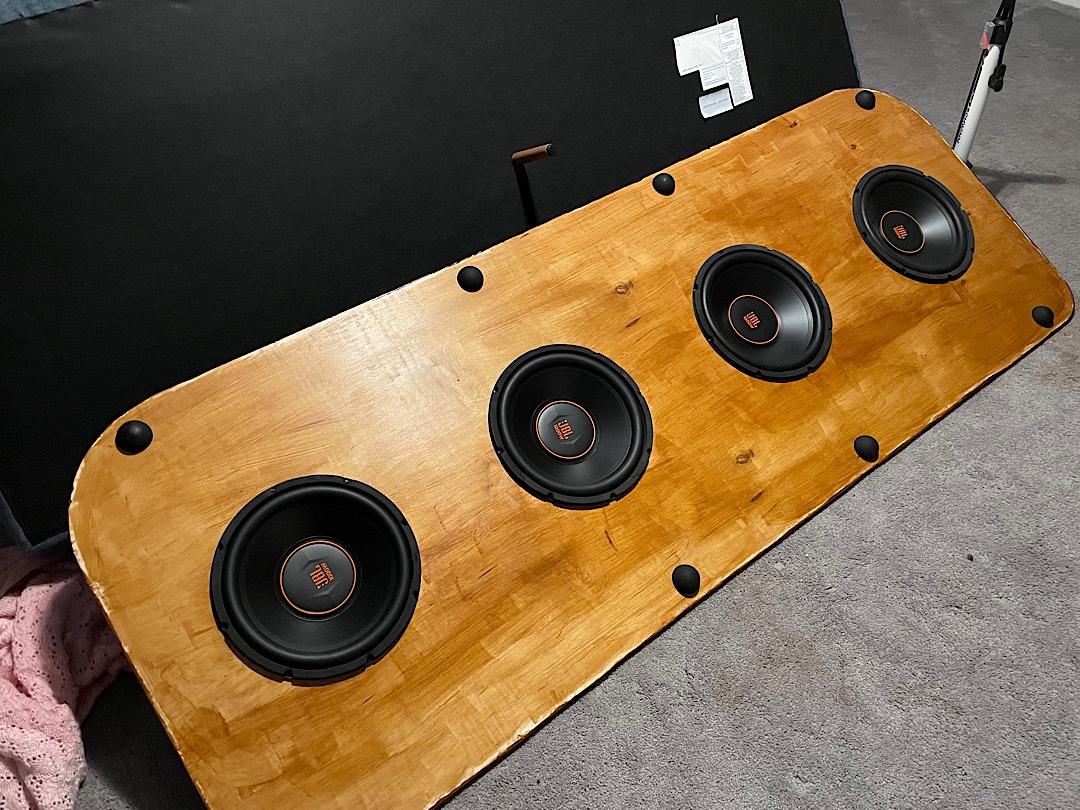
The best part is that when it’s in place you barely see it. The worst part is that before I put some sticky pads under the couch legs the couch would slide all over the place and fall off.
